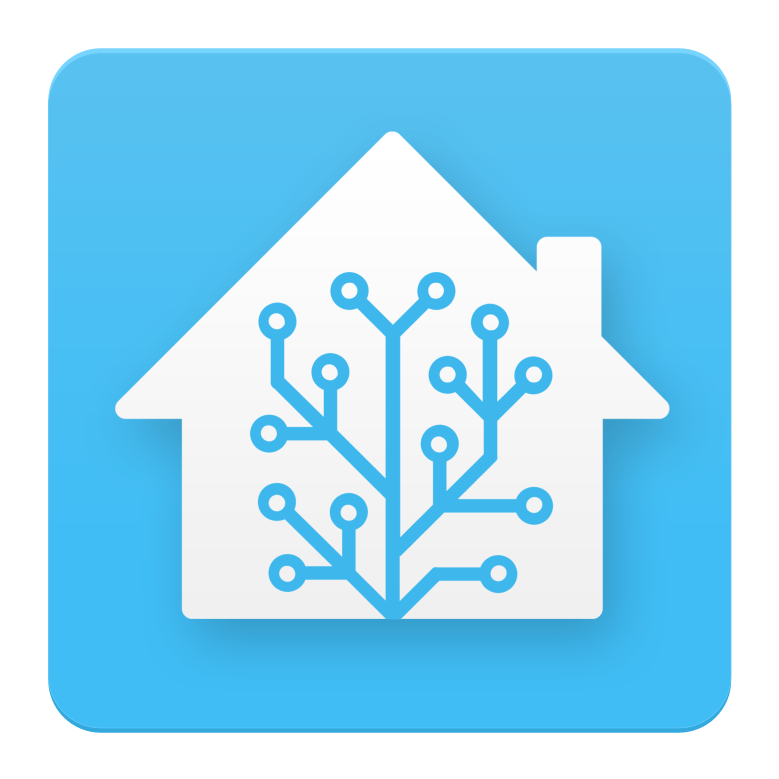Reference:
- Original Install Guide: https://home-assistant.io/blog/2016/02/09/Smarter-Smart-Things-with-MQTT-and-Home-Assistant/
- New Built-in MQTT Broker: https://home-assistant.io/components/mqtt/
- Reddit Notes
Instructions on the original blog post includes a step that's no longer needed - MQTT Broker is already included as a component of HomeAssistant now.
- Set up the built-in MQTT bridge for HomeAssistant. It runs on port
1883and8080, so you will have to either change the HA Broker address or the bridge address. I changed the bridge address to8081(next step) - Set up MQTT Bridge, either via Docker or npm: https://github.com/stjohnjohnson/smartthings-mqtt-bridge
a. The most important part is theport:within themqttblock. It's no in the example.
b. My config.yml file:mqtt: host: localhost port: 1883 # <---- THIS IS NOT IN THE DEFAULT FILE but you need it so the bridge can talk to the broker if it's not running on the "default" port rejectUnauthorized: false # Specify your MQTT Broker's hostname or IP address here #host: mqtt # Preface for the topics $PREFACE/$DEVICE_NAME/$PROPERTY preface: smartthings # Suffix for the state topics $PREFACE/$DEVICE_NAME/$PROPERTY/$STATE_SUFFIX # state_suffix: state # Suffix for the command topics $PREFACE/$DEVICE_NAME/$PROPERTY/$COMMAND_SUFFIX # command_suffix: cmd # Other optional settings from https://www.npmjs.com/package/mqtt#mqttclientstreambuilder-options # username: homeassistant # password: somepassword # Port number to listen on port: 8081 # <--- Changed this from 8080 to 8081 because HomeAssistant is running the broker on this port - Add devices, example: lights https://home-assistant.io/components/light.mqtt/

